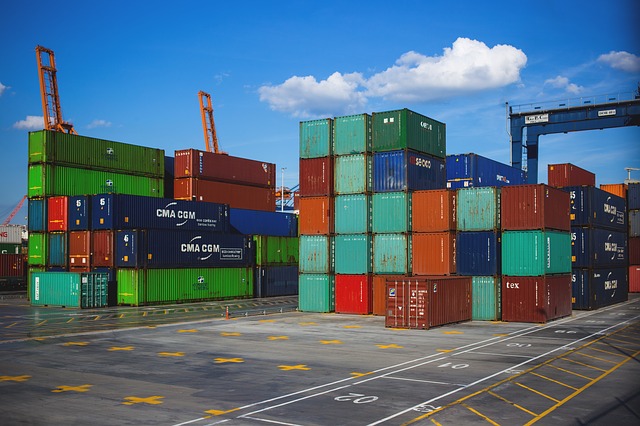Of course this is not news. Not only has the US been growing concerned about the influx of disposables from China, but last week’s media were saturated with headlines about a new wave of products disguised as school supplies, flooding in from China. Many of these products are made to look like highlighters, USBs, ballpoint pens and even phones. The news reports said that these vapes are disposable, available in an array of child-friendly flavours, and unregulated.
Meanwhile China has been regularly updating its vape regulations, and the Management Rules of E-Cigarettes became effective on October 1st, 2022. The Chinese industry had operated within a grey area for years, and a movement towards regulating started around 2020. Amongst other things, the new regulations have banned 122 vape flavours as proposed by the State Tobacco Monopoly Administration (STMA), including numerous fruit and alcohol flavours.
The new measures include an amendment of the country’s tobacco monopoly, extending it to e-cigarettes, hence forcing local businesses to register with the tobacco authority. Moreover local manufacturers must now obtain an additional license to prove they are in possession of sufficient funds for production, and an adequate facility and equipment that meet the set standards. The STMA had released a guidance outlining the process for Chinese e-cigarette manufacturers to obtain the required manufacturer licence.
Updated export laws
And while the new regulations are mostly targeted at vapes sold in China, there are also many new requirements set for exported products. A summary of the updated regulations said that when products are headed for export, the manufacturer must file an export notification on the platform. Moreover the products must be transported directly from the manufacturer’s warehouse to the place designated by the customs.
In November 2022 the STMA also announced new limits on the amount of vaping products, aerosol and nicotine levels allowed for export, and also on the amounts that can be carried by each person at a time. In a joint statement with the State Post Bureau, the STMA had said that one person may carry no more than six smoking devices in different places at a time. The number of vape cartridges must not exceed 90, the number of products including disposable devices sold in combination of e-cigarette cartridge and cigarette devices shall not exceed 90. While the amount of e-atomization materials such as e-liquids cannot be more than 180 milliliters.
With regards to exports, the delivery amount of vapes allowed is of two sets per shipment, and 6 cartridges or devices containing cartridges including disposable vapes with a total liquid volume of no more than 12 milliliters. While the limit on aerosols such as e-liquids is of 12 milliliters per piece. Moreover, the delivery of products such as vape devices, cartridges and e-liquids, is limited to one unit per person per day.
Chinese brands took a hit following the new regulations
Meanwhile, as a result of these restrictions, shares in Chinese consumer brands have suffered. In fact a shareholder of Chinese brand Relx had filed a lawsuit in the US against the Chinese e-cig manufacturer, accusing the company of not taking into account imminent Chinese regulations when applying for the US initial public offering (IPO) in October 2020. According to ECigIntelligence, investor Alex Garnett accused RLX of not mentioning the risk factors posed by China’s efforts to align vape regulations with cigarette ones.
China’s low vaping rates
In other news, a research team from Shanghai set out to determine the perceptions of vaping products and prevalence of use among local adults. The study, “E-cigarette awareness and use, among adult residents in Shanghai, China,” used data from a representative survey conducted in Shanghai in 2019 and conducting face-to-face interviews in 3200 households.
A total of 72.3% of the respondents knew of vaping products. In all, 5.8% had vaped at some point in their life, 2.6% had used the products in last 12 months, and 1.3% were current vapers. Among the participants who had heard of vapes, 38.2% believed they were safer than cigarettes, and as expected, those who perceived e-cigarettes as more harmful than cigarettes were less likely to have ever vaped.












